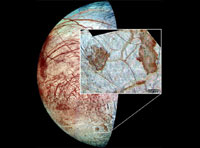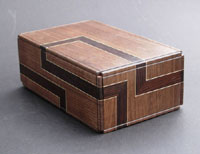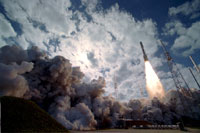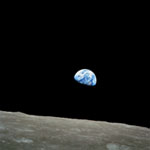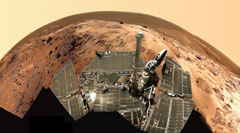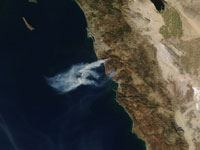Those who know me from back in the day probably know Chris Crook. What some of you may not know is that Chris now lives in Ohio, is married, and is a photojournalist - and a damn good one at that. After an on-again, off-again romance with having an internet presence, Chris appears to have buckled down and started a blog. This is cool for me, because I have always wanted to know more about the day-to-day stuff in his work. If you know Chris, check out
his blog. And if you don't know Chris, check it out anyway - because he is an interesting and witty guy, and it's a good read.
